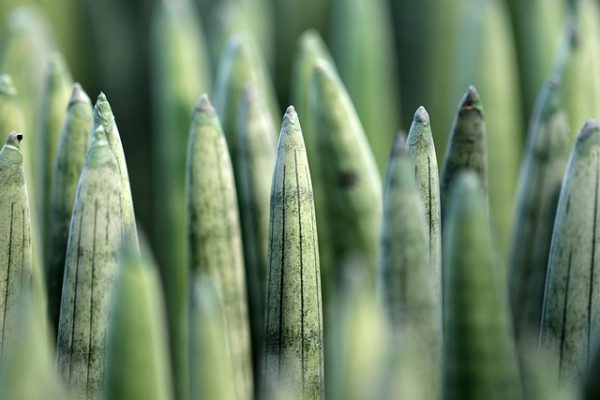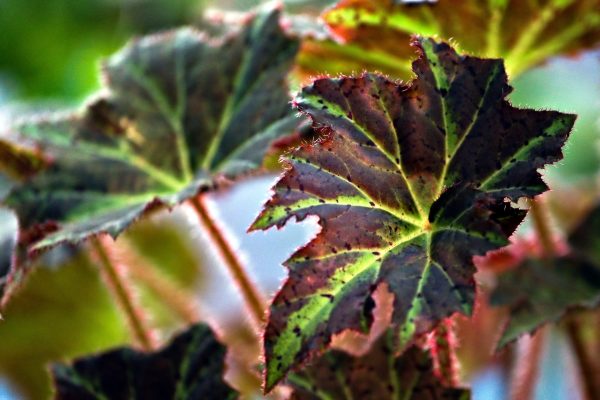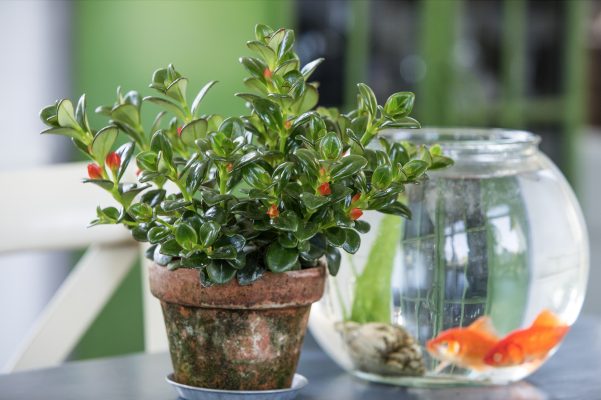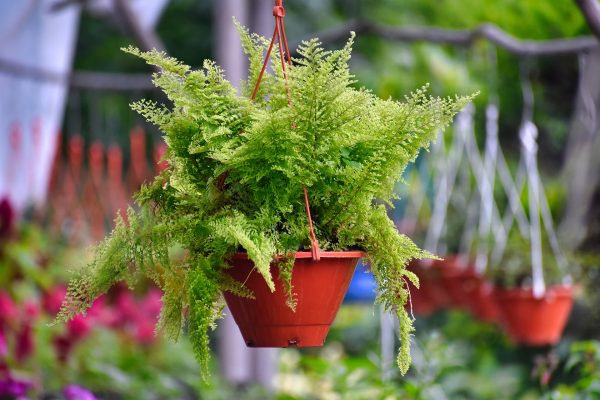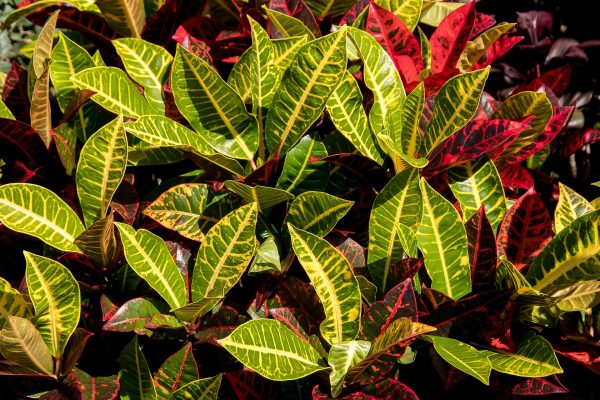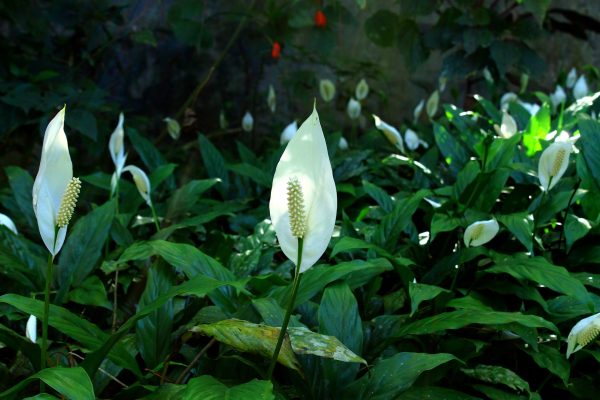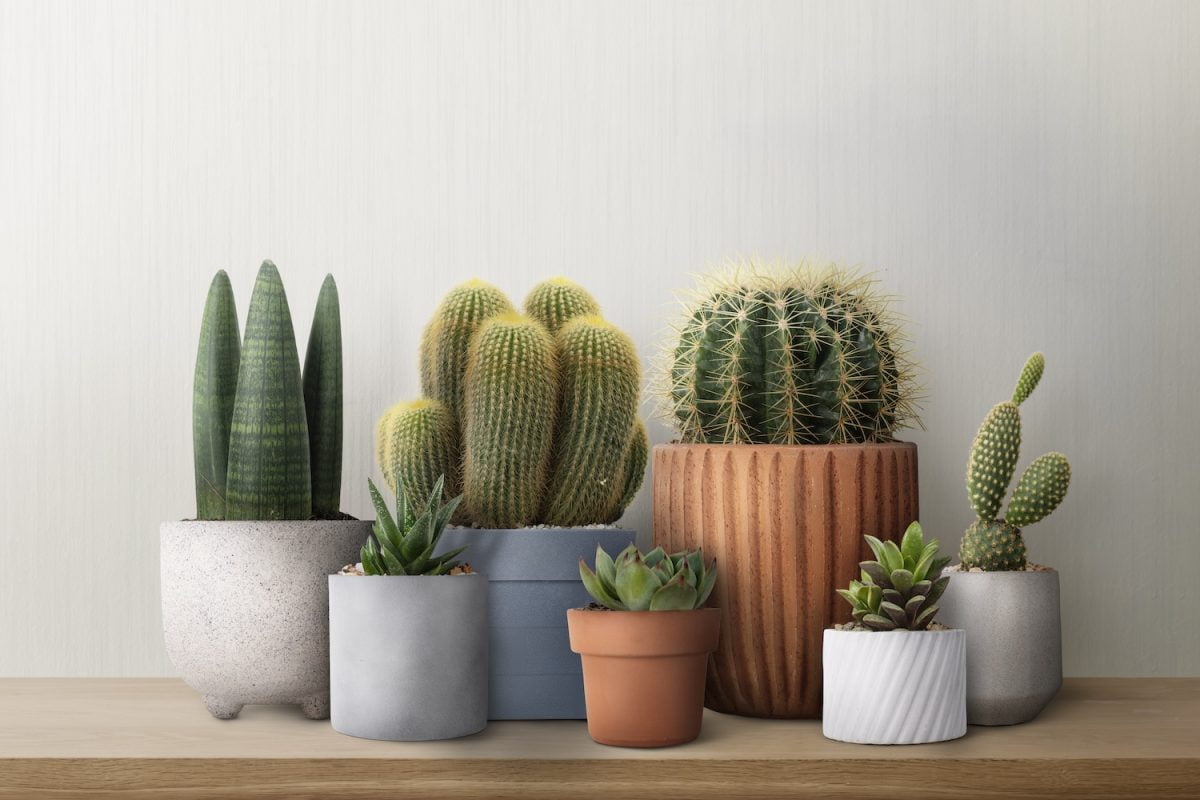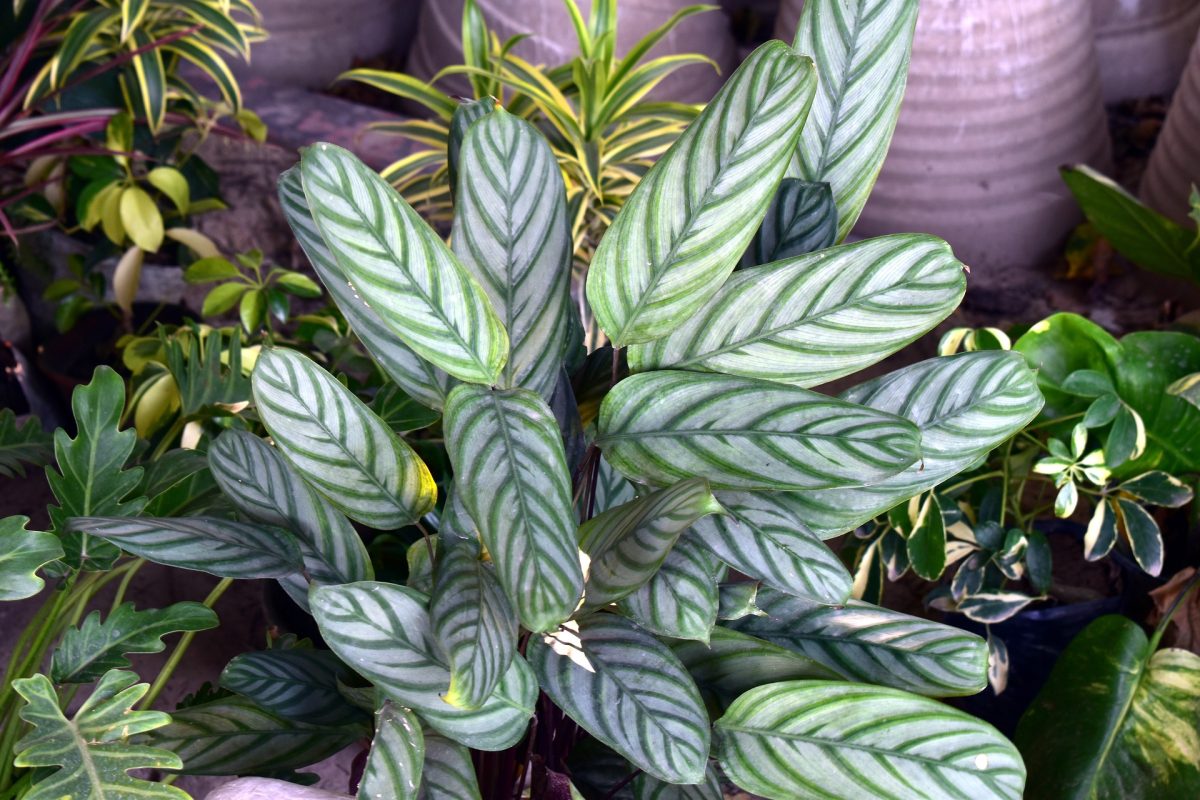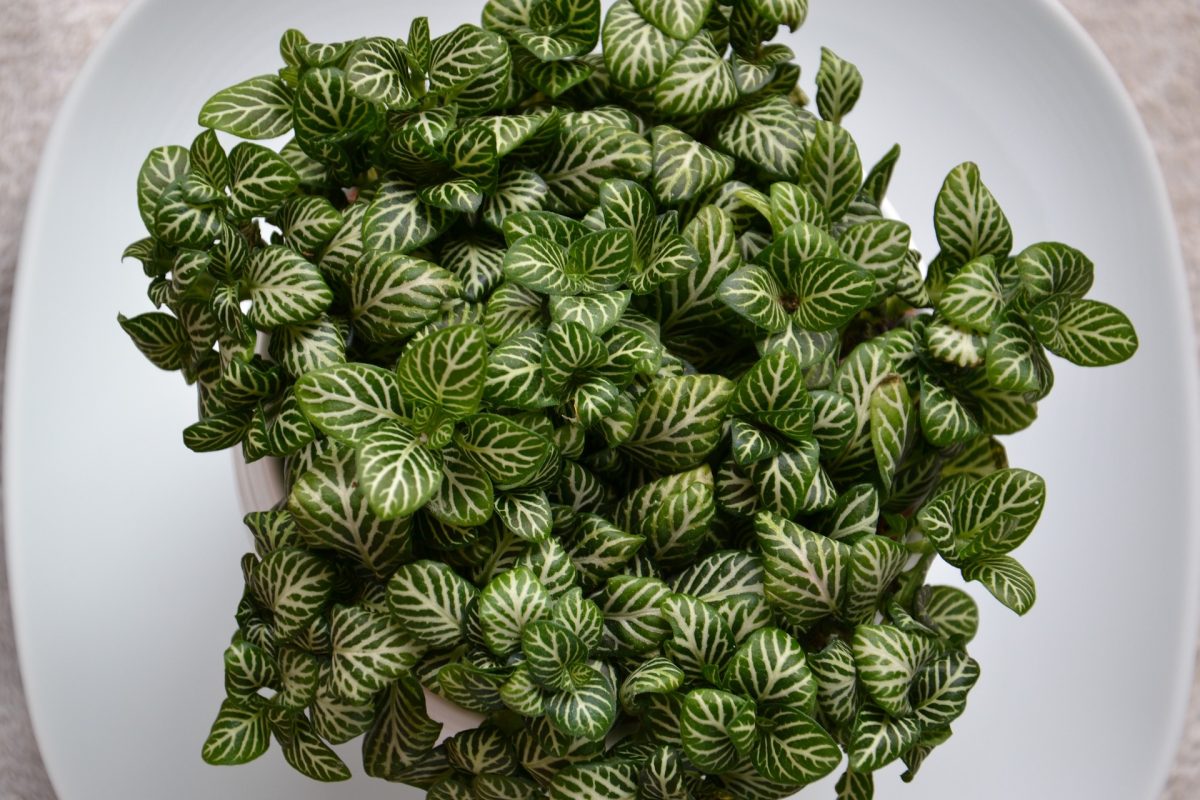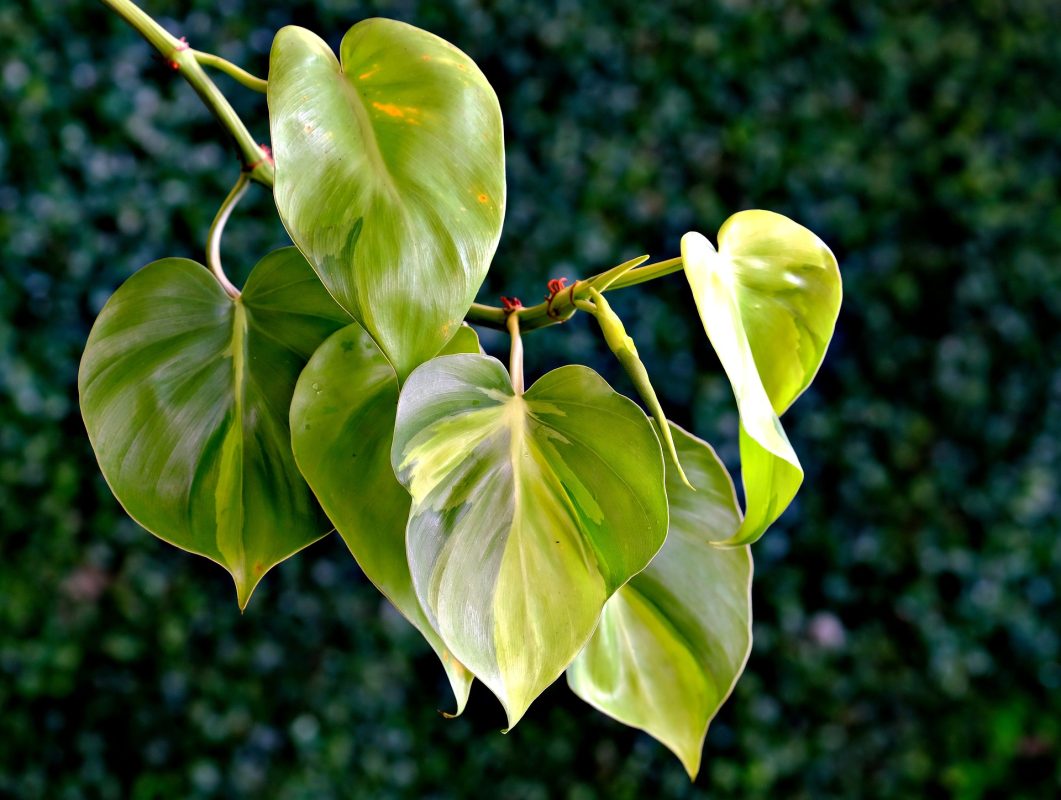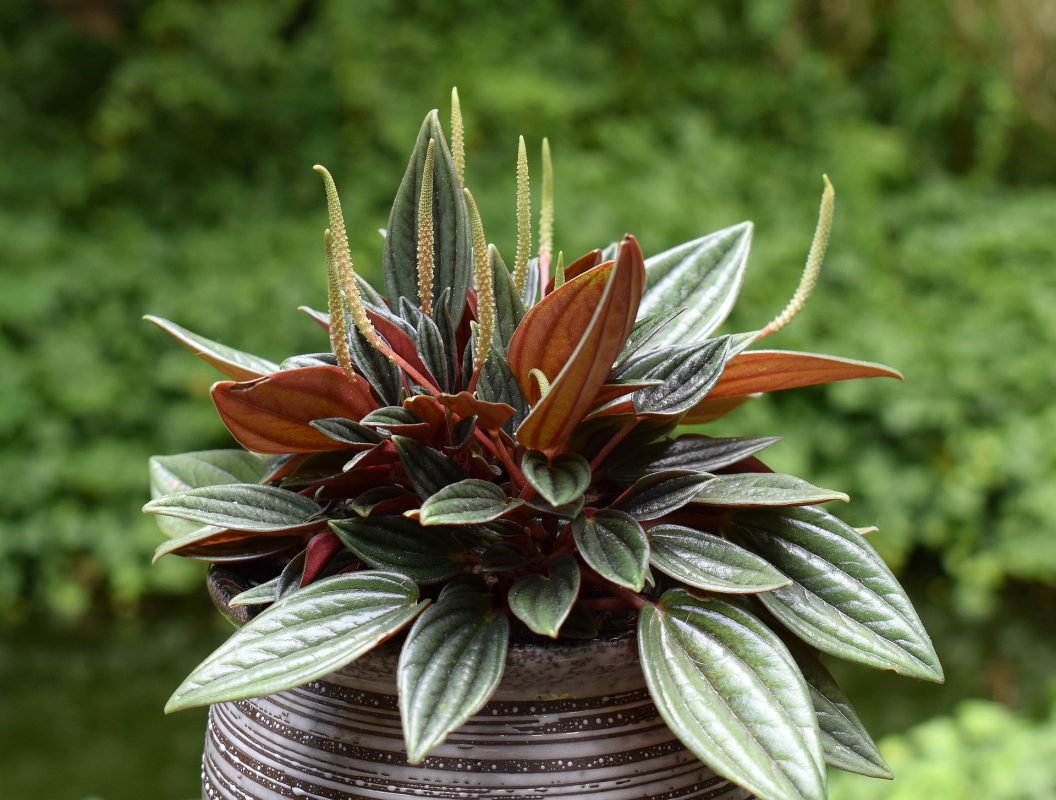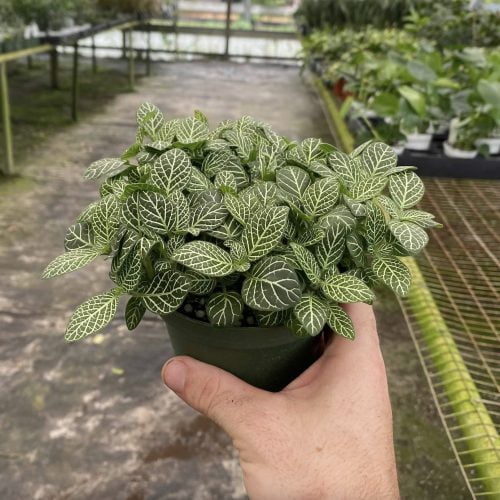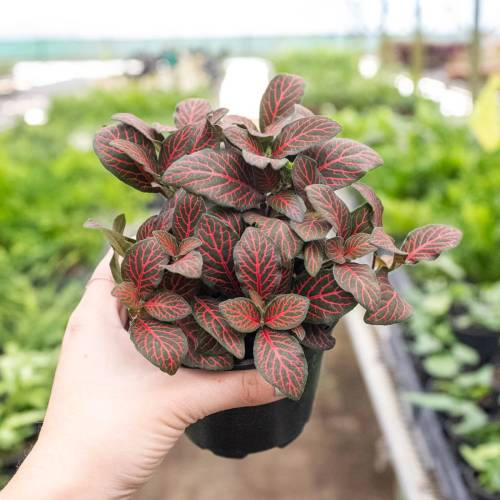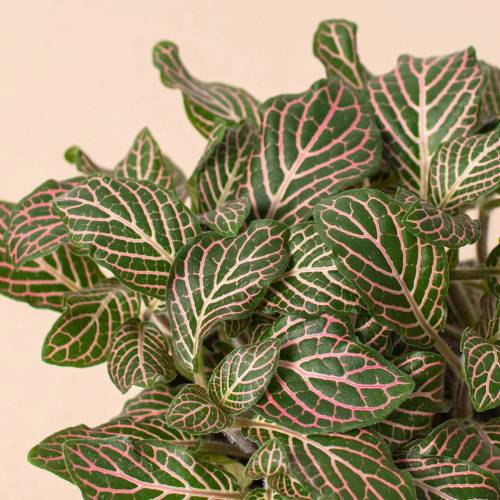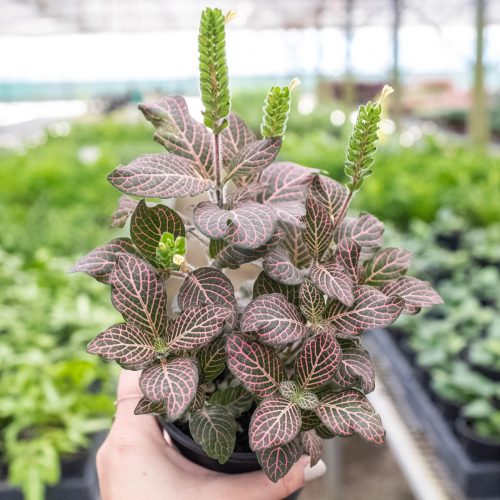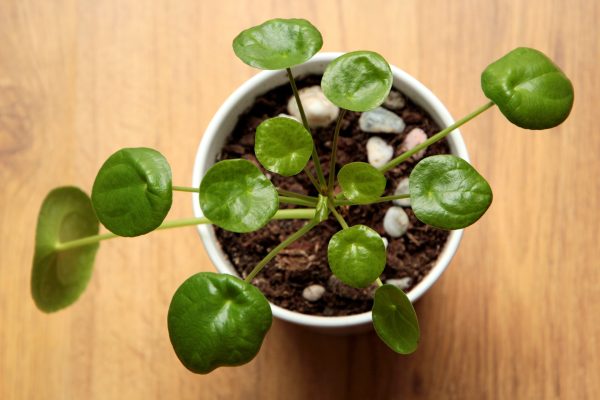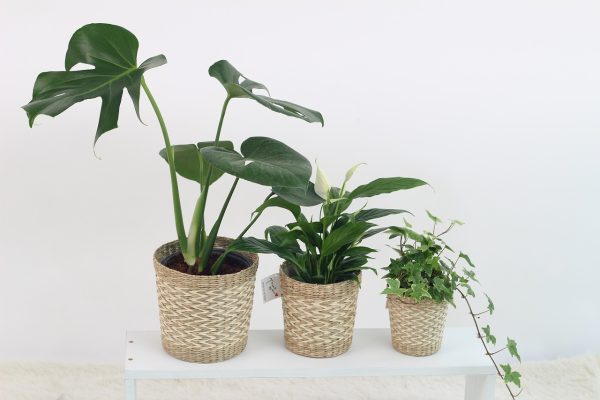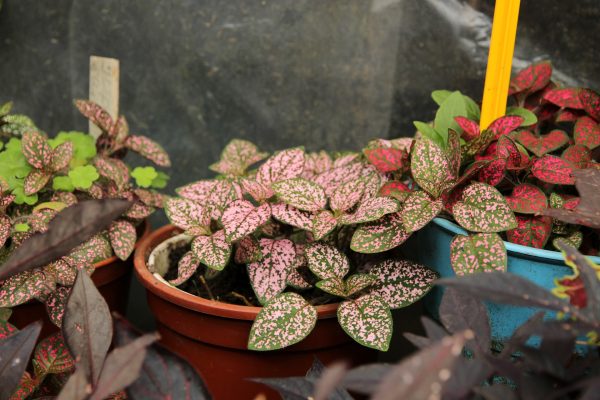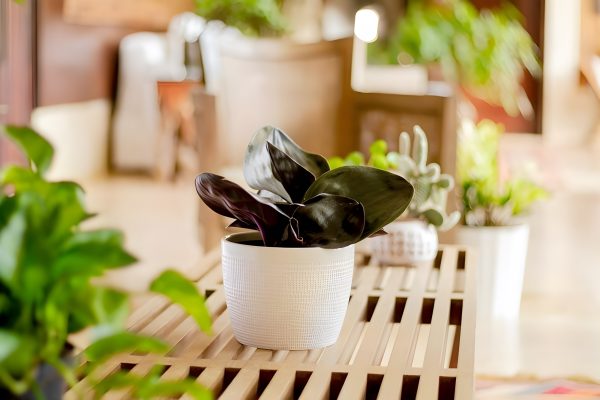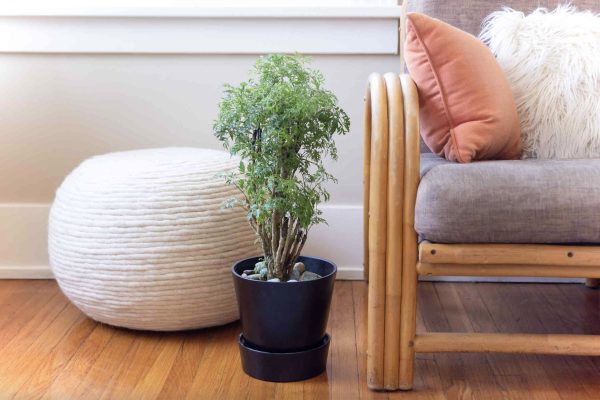Fittonia, commonly known as Nerve Plants, captivates with its vibrant and intricate foliage, making it a popular choice for indoor plant enthusiasts. This comprehensive care guide is your key to unveiling the beauty of Fittonia, creating a lush and visually stunning environment in your home.
I. Plant Overview:
- Scientific Name: Fittonia spp.
- Common Names: Nerve Plant, Mosaic Plant
- Origin: Native to the tropical rainforests of South America.
II. Light Requirements:
- Ideal Conditions: Bright, indirect light. Fittonia thrives in filtered sunlight.
- Tolerance: Adaptable to lower light conditions, but avoid prolonged exposure to direct sunlight.
III. Watering:
- Frequency: Keep the soil consistently moist. Water when the top inch feels slightly dry.
- Water Quality: Use room-temperature water. Ensure good drainage to prevent waterlogged conditions.
- Humidity: Fittonia prefers higher humidity levels. Regular misting or using a humidity tray is beneficial.
IV. Soil:
- Type: Well-draining potting mix. A mix for tropical plants or African violets is suitable.
- pH Level: Slightly acidic to neutral (pH 6.0-7.0).
V. Temperature and Humidity:
- Temperature: Maintain a warm environment between 60-75°F (15-24°C). Avoid drafts and sudden temperature drops.
- Humidity: Fittonia appreciates higher humidity. Regular misting or using a humidifier is beneficial.
VI. Fertilization:
- Schedule: Feed every 4-6 weeks during the growing season (spring and summer).
- Fertilizer: Use a balanced liquid fertilizer, diluted to half strength. Reduce fertilization in the dormant season.
VII. Pruning and Maintenance:
- Pruning: Trim to control size and shape. Pinch back regularly to encourage bushiness.
- Cleaning: Wipe leaves with a damp cloth to remove dust. Keep the plant’s appearance tidy for optimal visual appeal.
VIII. Repotting:
- Frequency: Repot every 1-2 years or when the plant outgrows its container.
- Procedure: Gently lift the plant, inspect roots, and repot in fresh soil. Choose a container with drainage holes.
IX. Common Issues and Solutions:
- Leaf Browning: Dry air or underwatering. Increase humidity and adjust watering habits.
- Yellowing Leaves: Overwatering or poor drainage. Adjust watering and ensure good soil drainage.
- Leaf Wilting: Insufficient humidity or underwatering. Increase humidity and adjust watering habits.
X. Propagation:
- Method: Stem cuttings.
- Timing: Spring or early summer.
- Process: Take a cutting with at least two nodes, root in a well-draining mix, and plant in fresh soil when roots are established.
Fittonia, with its mosaic-like patterns, brings a touch of artistry to your indoor jungle. This guide empowers you to unveil the intricate beauty of Nerve Plants, ensuring they thrive and contribute to the lush green tapestry of your home. Happy gardening!
our recommendation
you may also want to know




